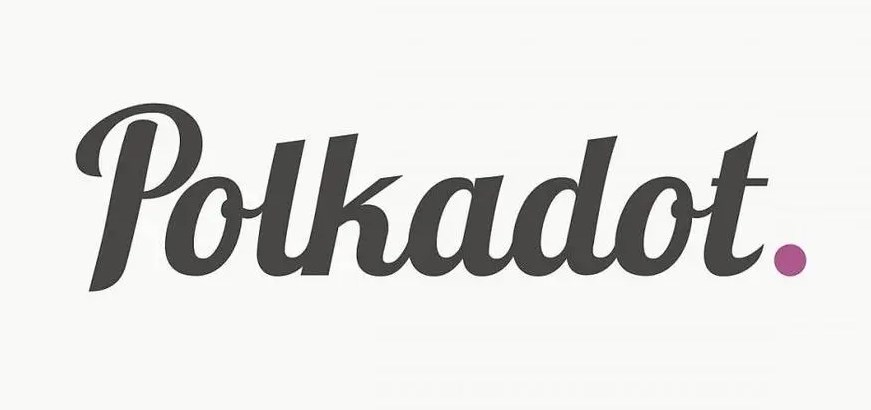What is Polkadot? Is it legal? Is it a scam?
- 全网都在看Original
- 2024-04-25 11:47:021460browse
Polkadot (DOT) is a legal cryptocurrency that is a native token used to pay transaction fees, staking, governance, and participate in parachain auctions, with its value derived from the utility of the network and its limited supply.

#What is Polkadot?
Polkadot (DOT) is the native token of the Polkadot network. Polkadot is a heterogeneous multi-chain framework designed to connect different blockchains and facilitate communication between them.
Is Polkadot legal?
Yes, Polkadot is a legal cryptocurrency. It was created by a Swiss company called Parity Technologies and is recognized by regulatory agencies around the world.
Is Polkadot a scam?
Polkadot is not a scam. It is a mature blockchain platform with practical use cases. Polkadot Network has been adopted by many enterprises and organizations, including Amazon Web Services (AWS), Google Cloud, and Chainlink.
What is the purpose of Polkadot?
Polkadot has multiple uses in the Polkadot network:
- Staking: DOT holders can stake their tokens by Come earn network rewards and help protect the network.
- Governance: DOT holders can vote to determine the future development of the Polkadot network.
- Transaction Fees: DOT is used to pay transaction fees on the Polkadot network.
- Parachain Auction: DOT is used to participate in the parachain auction, in which new blockchains can gain permission to connect to the Polkadot network.
Where does the value of Polkadot come from?
Polkadot’s value comes from the utility of the network and its limited supply. As adoption and usage of the network increases, so does the demand for DOT, driving up its price. The maximum DOT supply on the Polkadot network is 1 billion.
The above is the detailed content of What is Polkadot? Is it legal? Is it a scam?. For more information, please follow other related articles on the PHP Chinese website!

